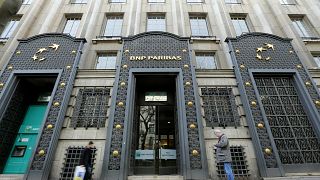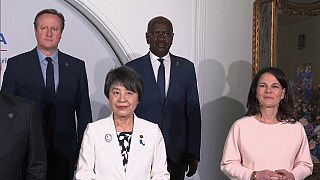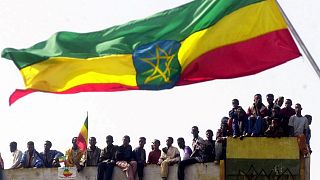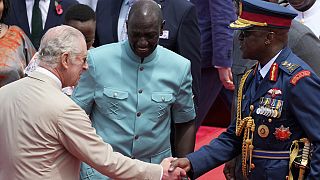Ethiopia
For generations, farmers planted the lush earth of Awedai and nearby areas in eastern Ethiopia with coffee trees, earning a livelihood from a crop that is now the country’s main export.
But the centuries-long practice is now being abandoned in favour of khat – a leafy plant chewed as a stimulant in the Horn of Africa and the Arabian Peninsula.
Jemal Moussa is among farmers that have chosen to grow khat instead of coffee. The 45-year-old father of six, says the narcotic leaf brings in more income.
“Khat has a lot of benefits for me. I can take it the market and immediately convert it to cash. Personally I also benefit a lot from it because chewing it makes me work better and productive. It helps me raise my children. I benefit a lot from it,” he said.
Jemal says it was in the early 2000s that farmers in the region first started planting khat as its popularity rose and coffee prices remained stagnant.
One kg of coffee sells for between 50 and 60 birr (2 US dollars). A bunch of khat, while not measured in kilograms, goes for 100 birr (4 US dollars).
Jemal says the entire economy of Awedai, a small town 35 km outside the ancient city of Harar, relies on the stimulant leaf.
Trucks piled up with khat head out of the town every 30 minutes, dispersing their produce to the nearby Ethiopian Somali Region and Hargeisa, in the neighbouring semi-autonomous region of Somaliland.
Khat is illegal in several Western nations but immensely popular among millions in the Middle East and the Horn of Africa for giving the chewer a mild amphetamine-like high.
The shrub is typically grown in Ethiopia and Kenya.
“Khat is more useful to the farmer than coffee. Coffee comes only once a year. But you can harvest khat twice a year. We harvest two times in a year. But in the case of coffee, you don’t see it more than once in a year. Khat is much more useful,” said Jemal.
Scientists say coffee lovers may find it harder to get their favourite caffeine fix in a few years’ time, as global warming hits coffee growing areas in Africa, Asia and Latin America.
Coffee trees are being affected by dwindling forest coverage as well as drought.
Farmers have been advised to protect their plants by preserving forests, hedgerows and other areas that provide shade and pollinating bees with flowers and nesting sites.
“You know there was no one to advise us previously on how to conserve the forest. We didn’t know the value of forests. We only planted coffee. We cut down trees thinking that their shades were preventing coffee trees from getting sunlight. We also thought the trees bring unnecessary moisture. It was only much later that we noticed that the coffee trees and the branches started drying up because there was no shade,” said farmer Eyasu Kathelo, who grows coffee.
Ethiopia prides itself as the birthplace of coffee, grown mostly in the forested highlands in its western and southwestern regions.
Some 15 million people rely on the crop for their livelihood.
Africa’s biggest coffee producer targets annual revenue from the crop of $2 billion by 2019/2020. It also wants to boost output to more than a million tonnes from 400,000 tonnes now.
Metad Agricultural Development is a company that processes coffee in Yirga Chefe, home to some of the best known coffee brands from Ethiopia.
Aman Adinew is the company’s CEO.
“The harvesting is already delayed by three and a half weeks. By now we would have processed 85 plus percent. But now we have not even picked that much as you can see. The coffees are still green on the tree. It needs to rain to turn red. So were hoping it comes soon. But if this trend continues, it’s going to adversely impact the farmers and the business men like us the growers like us and the country,” he said.
Ethiopia, which grows arabica beans, is the continent’s second largest coffee exporter after Uganda, according to data from the International Coffee Organisation.
Reuters













00:59
Donors pledge $630 million for conflict-hit Ethiopia
01:13
Kenya power delivers cheaper electricity bills for residents
Go to video
Hellen Obiri claims back-to-back Boston Marathon titles, leading Kenyan women's podium sweep
01:04
Kenya proposes treaty to ease Somalia-Ethiopia tensions
Go to video
Why has the Somalia-Ethiopia row deepened?
Go to video
Ethiopia's Uma and Fikir win men’s and women’s Paris Marathon